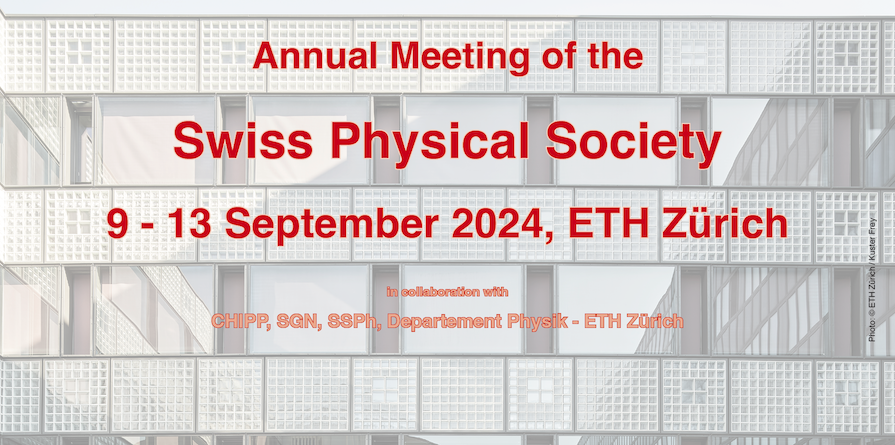Today’s understanding of physics is not possible without the concept of quantum mechanics, but how did it all come about?
Light had been understood in terms of waves since Huygen’s wave interpretation in 1690 (and Fresnel’s extension in 1818), but Planck (in 1900) and Einstein (in 1905) postulated particle behaviors (photons), where the frequency or wavelength of photons was related to their...
The wave nature of matter materializes in interference experiments with Bose-Einstein condensates. Correspondingly, the particle nature can be made observable by detecting individual atoms. Yet, it is the interactions between the atoms and between atoms and light that give rise to intriguing phenomena and a multitude of phases, including superfluid, supersolid, Mott-insulating and topological...
Cryo-transmission electron microscopy (cryo-EM) or tomography (cryo-ET) of frozen hydrated specimens is an efficient technique for analyzing the structure of proteins or tissue sections. However, both methods face challenges due to their very low signal-to-noise ratio. Efforts to enhance their efficacy focus on minimizing the initial damage caused by the electron beam on the sample and...
